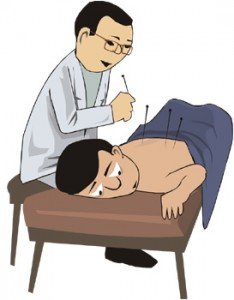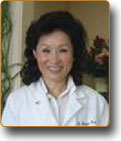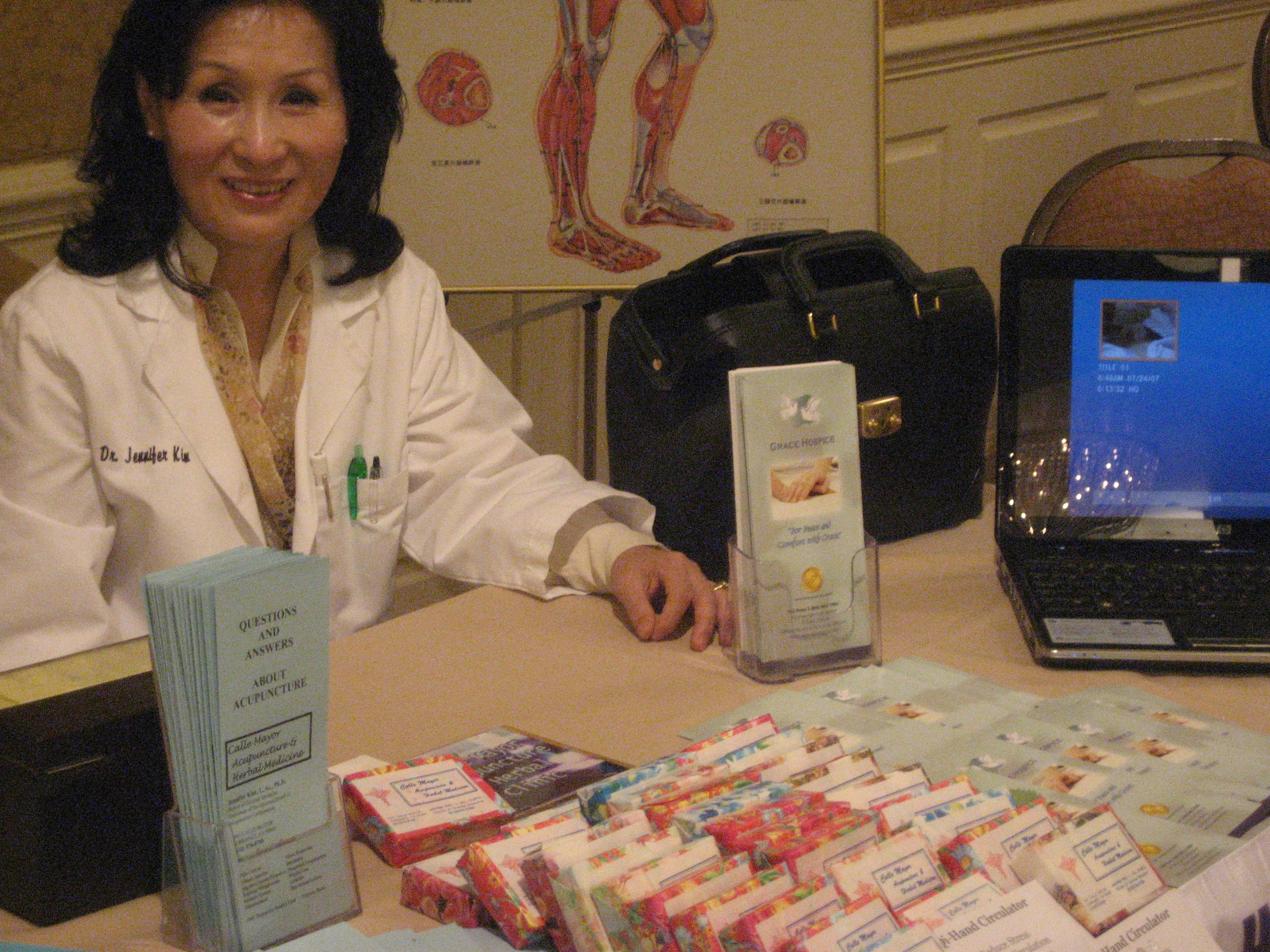1. How Does Acupuncture Work?

Acupuncture has been practiced for over 5,000 years. It provides a means of influencing the pathways and directions of the flow of energy (Qi) throughout the body. Acupuncture needles are inserted into meridians and acupoints for optimal organ function. When the energy flows freely, the body is balanced and healthy. However, if the energy flow becomes blocked, the body becomes prone to disease.
Thousands of years ago, Chinese doctors were able to determine the energy pathways of the body through which the Qi travels. They identified the locations where the pathways (or meridians) come closest to the surface. At these points, they found that by strategic insertion of extremely fine needles into the predetermined trigger-points of the body, they could influence the flow of Qi, producing either a stimulating or sedating effect. This procedure brings the body’s energy system back into proper balance and promotes healing.
The needles used for Acupuncture treatments are very thin and flexible with rounded tips so that they easily and painlessly slide right into the skin. Disposable needles are used so that there is absolutely no chance of transferring infections from one person to another.
Acupuncture has proven to be especially effective in treating conditions of acute and chronic pain. It has also shown to be successful in the treatment of degenerative diseases. Although Acupuncture may seem to be an unconventional method of pain management, it is very popular in the United States and all over the world. Acupuncture is so widely used, in fact, that the Food and Drug Administration has classified Acupuncture needles as “medical devices” and has approved Acupuncture as a treatment method for various health conditions.
Usually a treatment lasts thirty to sixty minutes, depending upon the problems addressed. Some conditions are improved with one visit. Other treatments will involve multiple visits that are tailored according to the needs of the patient.
Click to learn “Acupuncture for Chronic Pain”









Great information! Thank you, Dr. Kim!